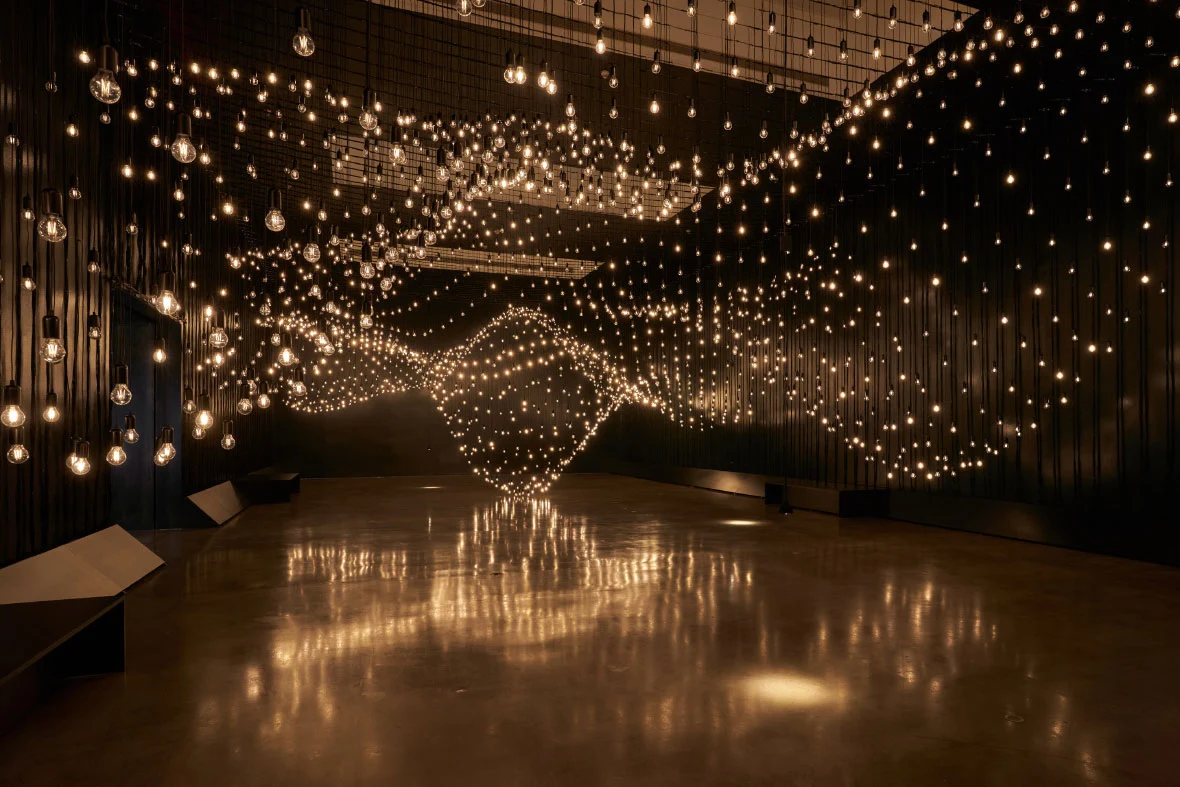Rafael Lozano-Hemmer’s Atmospheric Memory at the Powerhouse Museum, Sydney delves into the complex convergence of generative technology, memory, and societal introspection.
The exhibition emphasizes a crucial reality: algorithms are never truly neutral, as they inherently carry biases embedded during coding. Through this exploration, it prompts viewers to reconsider the beneficiaries of technological advancements and the ethical dimensions that surround them.
The inspiration that underpins the exhibition originates from Charles Babbage’s imaginative proposal: air as an archival medium, capable of capturing every moment. However, Lozano-Hemmer’s portrayal of this concept introduces a nuanced perspective, painting Babbage’s romantic idea with a distinct dystopian hue. This interplay between the romantic and the dystopian threads serves as a recurring motif throughout the exhibit.
Integral to Lozano-Hemmer’s narrative are the distinct human attributes that remain beyond technology’s grasp: improvisation, forgetfulness, and mortality. These themes find expression through interactive components, which rely on human participation to fully manifest their potential.
At the heart of the exhibit lies “Field Atmosphonia,” a captivating and immersive experience within a darkened space adorned with thousands of speakers. These speakers emit an array of diverse sounds, ranging from bird songs to crackling bushfires, inviting visitors to engage with the auditory symphony. Amidst this sensory tapestry, visitors actively weave narratives, constructing their own interpretations from the amalgamation of sounds.
As the exhibition culminates, visitors are invited into a contemplative space enveloped by protest posters and literature addressing pertinent issues. Lozano-Hemmer’s ultimate aspiration lies in channeling the emotional resonance evoked by the art into tangible change, fostering critical engagement and autonomous contemplation.
Featured Image: Rafael Lozano-Hemmer, Pulse Topology (2021). Source: Design Milk



